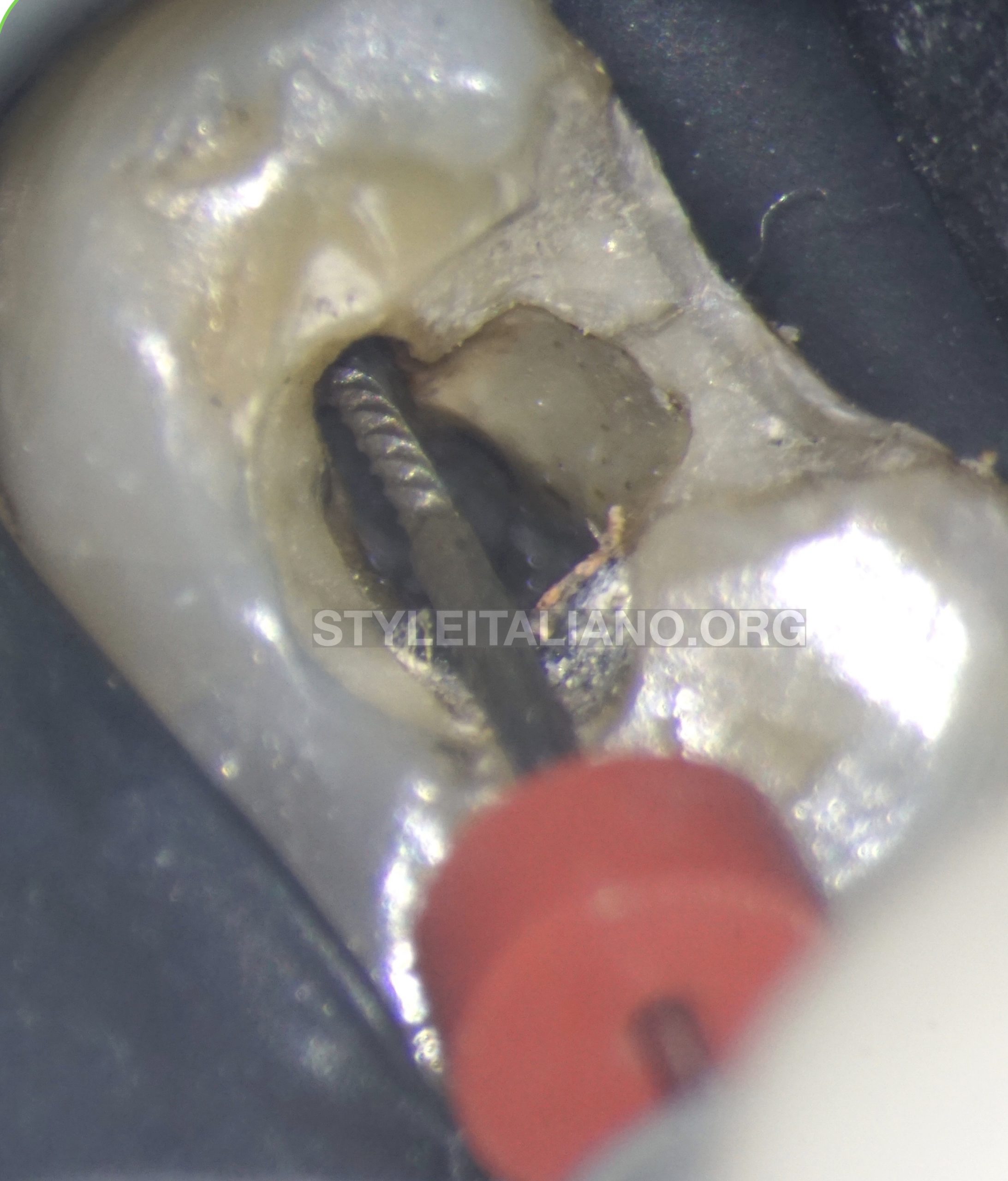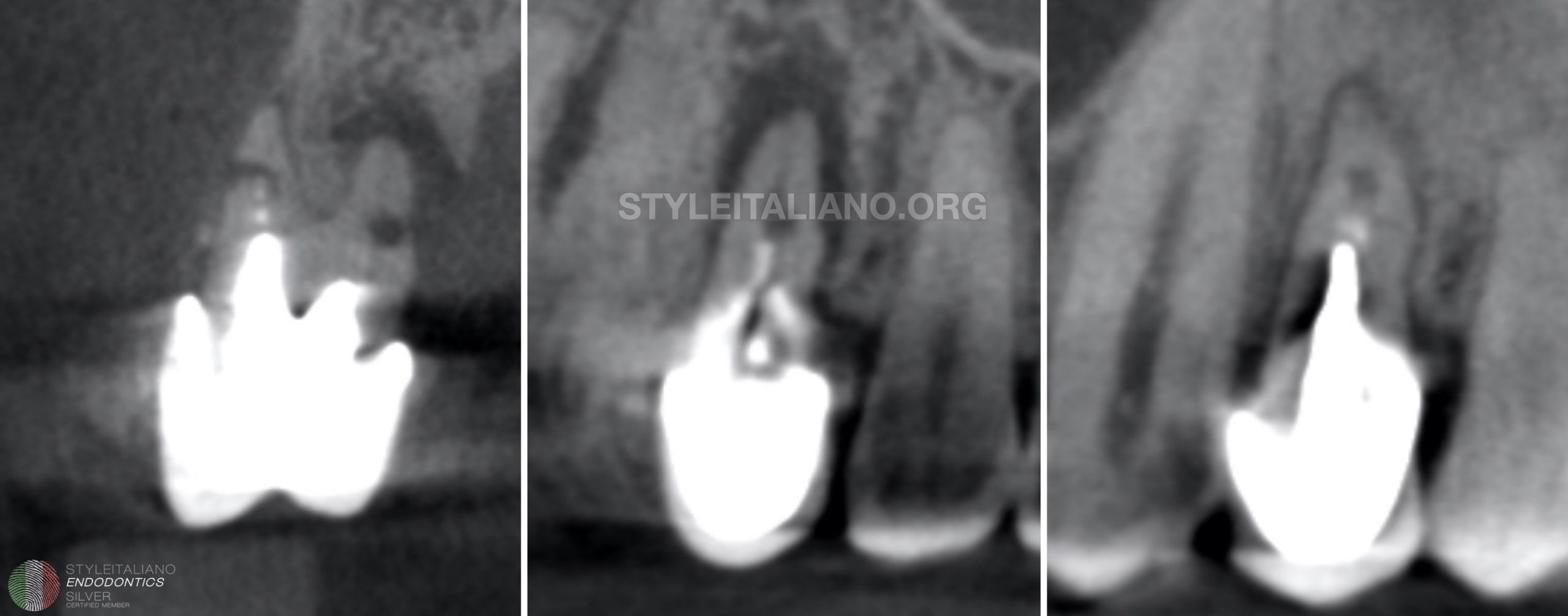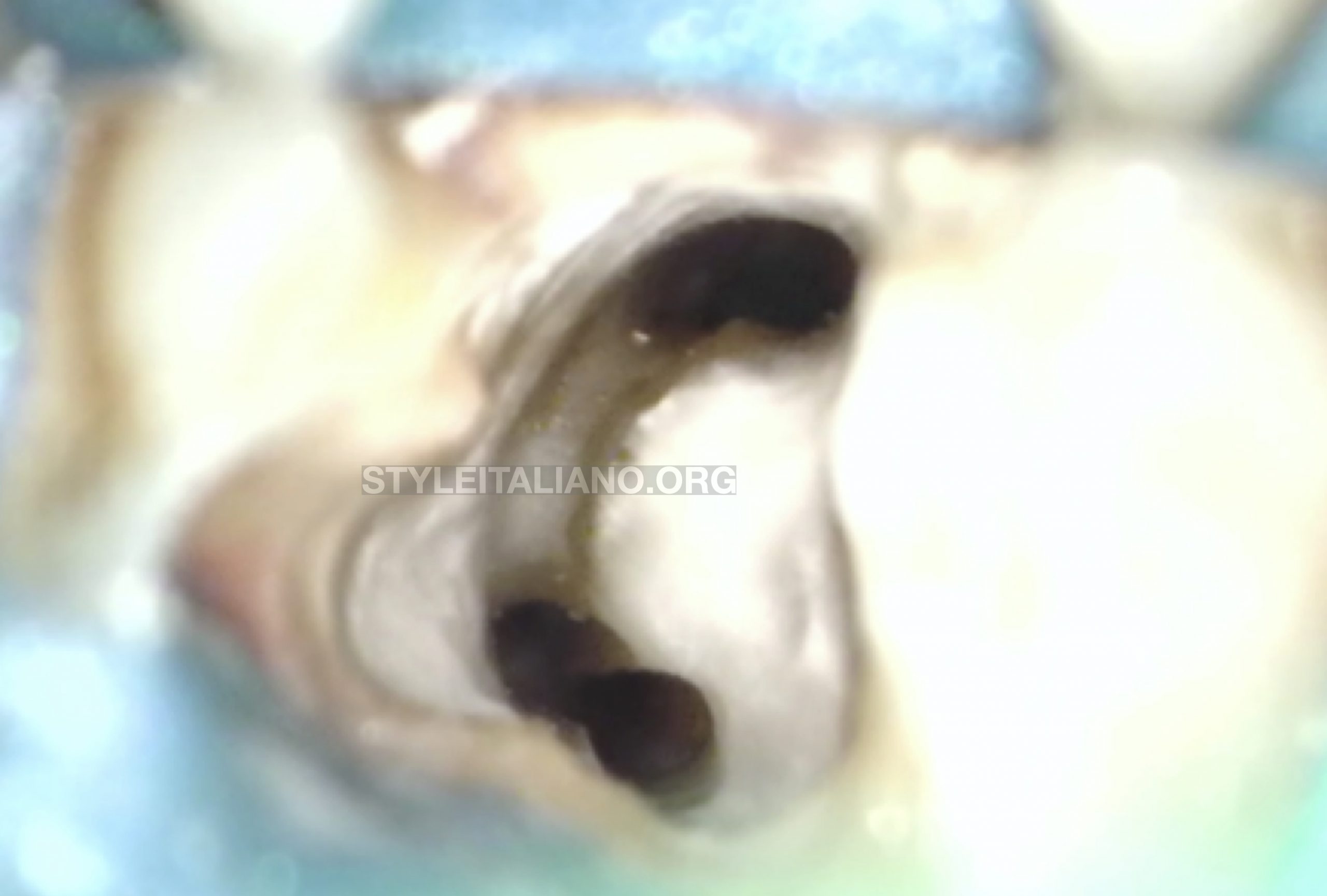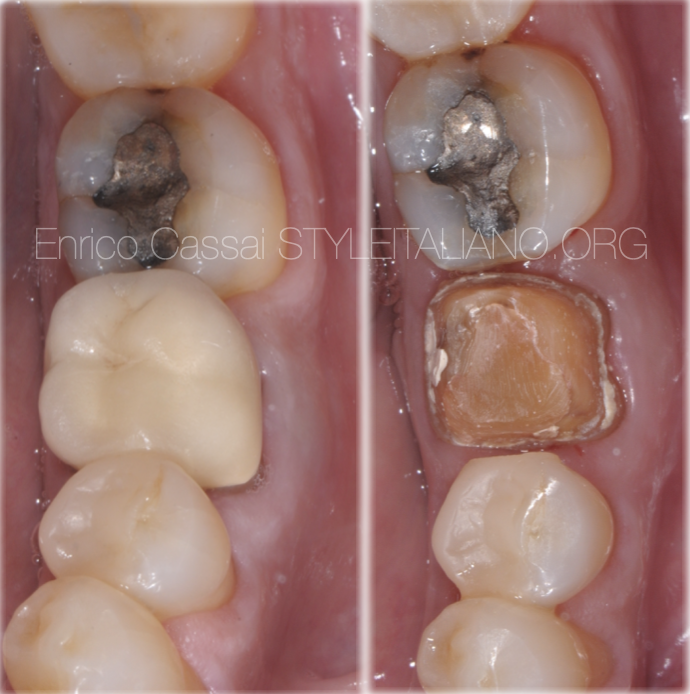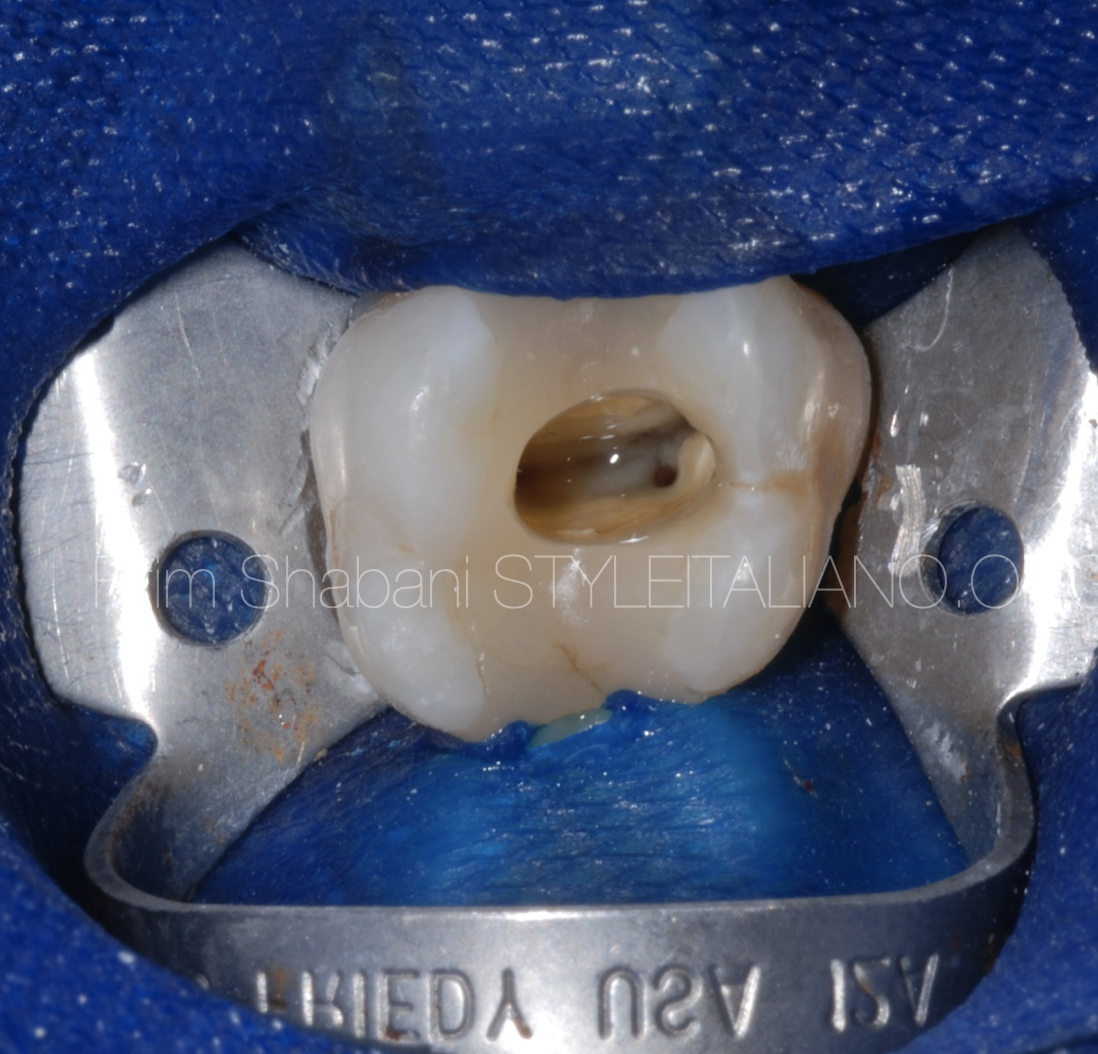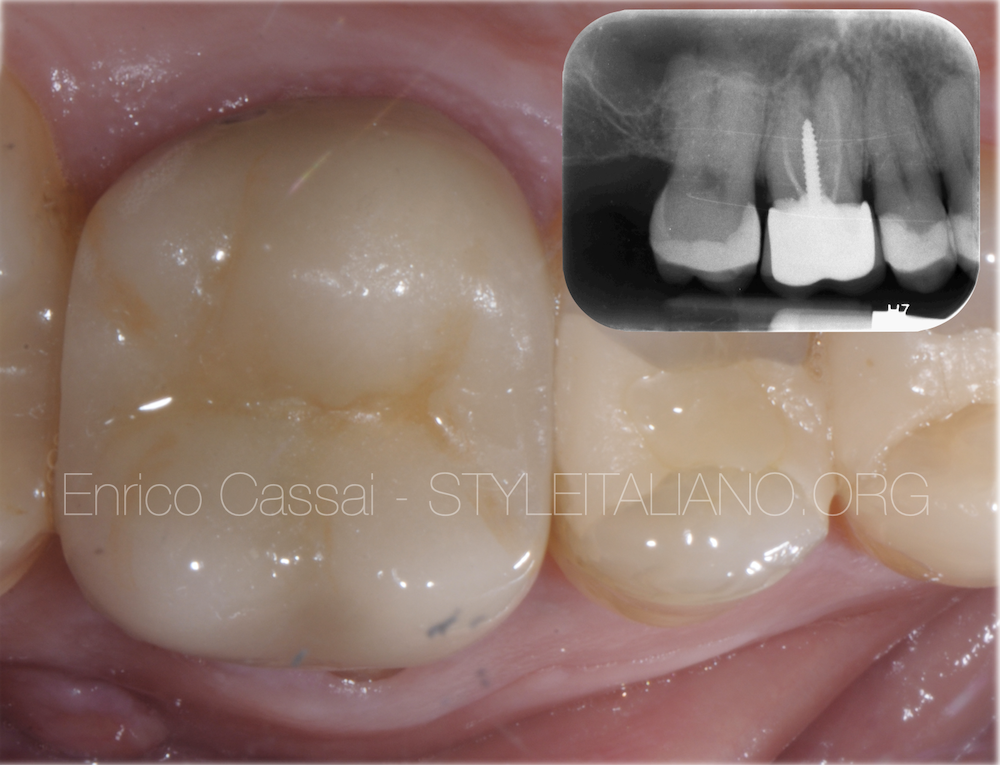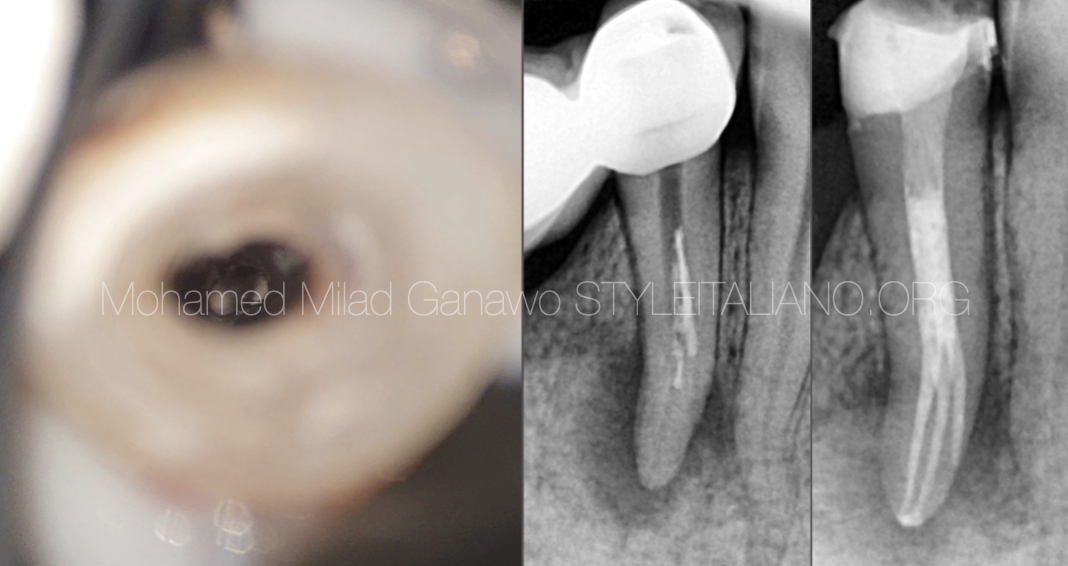Knowledge of the root canal morphology and location of canals is important in a root canal treatment. Inability to locate and treat all the canals could lead to failure of a root canal treatment. For this purpose, first of all knowing the usual anatomies of all teeth and then their variations proves to be helpful. […]

